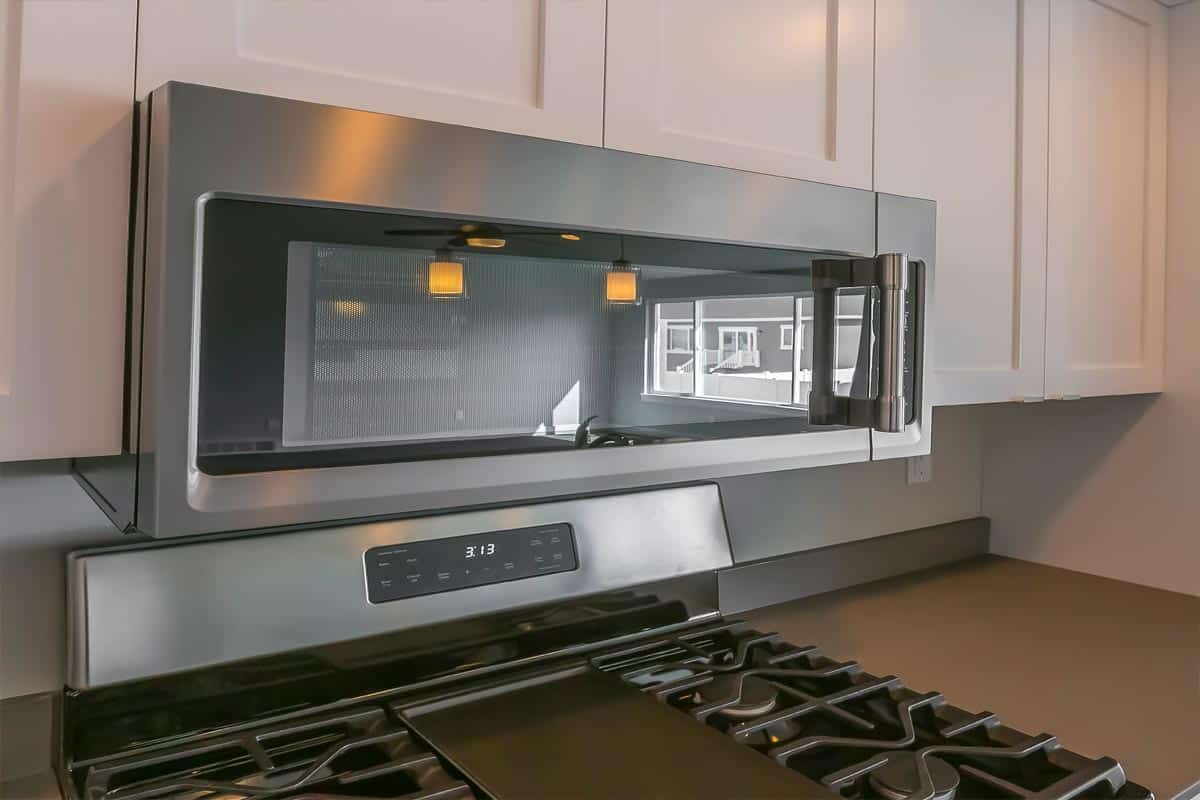

Articles
How Close Can A Microwave Be To The Stove Top
Modified: May 6, 2024
Discover how close a microwave can be to the stove top in this informative article. Explore safety tips and guidelines for positioning your microwave near the stove
(Many of the links in this article redirect to a specific reviewed product. Your purchase of these products through affiliate links helps to generate commission for Storables.com, at no extra cost. Learn more)
Introduction
When it comes to kitchen appliances, the microwave is often a staple in most households. It provides a quick and convenient way to heat up leftovers, cook meals, and defrost food. However, many people wonder how close a microwave can be placed to the stove top without causing any safety concerns or functionality issues.
Whether you’re remodeling your kitchen or simply rearranging your appliances, understanding the science behind the minimum distance between a microwave and stove top can help you make informed decisions. In this article, we will delve into the factors that determine the recommended distance and explore the potential dangers of placing a microwave too close to the stove top.
The proper placement of the microwave not only ensures safety but also optimizes its functionality. So, let’s dive into the fascinating world of microwave proximity to the stove top!
Key Takeaways:
- Keep a minimum distance of 30 inches between your microwave and stove top to ensure safety, functionality, and optimal ventilation. Consider kitchen layout, ventilation, and manufacturer guidelines for ideal placement.
- Placing a microwave too close to the stove top can lead to heat transfer, interference, cramped space, ventilation issues, and risks to children. Adhere to recommended distance and consider kitchen layout, ventilation, and safety regulations for a well-designed kitchen.
Read more: Why Can’t You Can On A Glass Top Stove
The Science Behind the Minimum Distance
Understanding the science behind the minimum distance between a microwave and a stove top requires knowledge of how microwaves work. Microwaves use a type of electromagnetic radiation called microwaves to heat food quickly and efficiently. These microwaves are generated by a magnetron, which is located inside the microwave oven.
When microwaves are emitted, they penetrate and interact with the water, fats, and sugars present in food. This interaction causes the molecules to vibrate rapidly, generating heat and cooking the food. However, this process also generates heat within the microwave itself, which is why it’s important to maintain a safe distance between the microwave and other appliances, such as the stove top.
As microwaves are emitted from the appliance, they can potentially interfere with other electronic devices, such as the stove top. This interference can disrupt the operation of the stove and compromise its efficiency. Additionally, if the microwave is placed too close to the stove top, the heat generated from both appliances can create a hazardous environment, increasing the risk of accidents and potential damage.
To maintain optimal safety and functionality, it is crucial to adhere to the recommended minimum distance between the microwave and the stove top.
Recommended Distance Between Microwave and Stove Top
The recommended distance between a microwave and a stove top can vary depending on the manufacturer’s guidelines and the specific model of the microwave. However, as a general rule, it is advisable to maintain a minimum distance of at least 30 inches between the two appliances.
This distance allows for proper ventilation and prevents heat transfer from the stove top to the microwave. It also reduces the risk of interference between the microwave and the stove top, ensuring that both appliances function efficiently.
When measuring the distance between the microwave and the stove top, it is essential to consider not only the horizontal distance but also the vertical clearance. It is important to check the specifications provided by the manufacturer to ensure compliance with their recommended guidelines.
Additionally, it is important to maintain proper clearance above the microwave. Most microwaves require a minimum vertical clearance of 15 inches from the top of the appliance to any overhead structure, such as cabinets or range hoods.
Overall, following the recommended distance between the microwave and the stove top is crucial for both safety and functionality. It allows for proper ventilation, reduces the risk of accidents, and ensures that both appliances can operate optimally without interfering with each other.
Keep the microwave at least 18 inches away from the stove top to avoid interference with the microwave’s performance and to prevent any safety hazards.
Potential Dangers of Placing a Microwave Close to the Stove Top
Placing a microwave too close to the stove top can pose several potential dangers. One of the primary concerns is the risk of heat transfer from the stove top to the microwave. If the stove is in use while the microwave is running, the heat generated by the stove can raise the temperature inside the microwave, potentially causing damage to the appliance or even a fire hazard.
Another risk is the potential for interference between the microwave and the stove top. Microwaves emit electromagnetic waves, which can interfere with the proper functioning of electronic devices, including the stove top. This interference can lead to errors in temperature control, inaccurate cooking times, and malfunctioning of the stove top’s electronic components.
Placing a microwave too close to the stove top can also create a cramped and crowded cooking area, increasing the likelihood of accidents and burns. When space is limited, it can be challenging to maneuver pots, pans, or other cookware, potentially resulting in spills, splatters, or accidental contact with hot surfaces.
In addition, the close proximity of a microwave to the stove top can hinder proper ventilation. Microwaves produce heat while in use, and adequate ventilation is necessary to dissipate this heat. If a microwave is placed too close to the stove top, it may not receive sufficient airflow, leading to overheating and potential damage to the appliance.
Lastly, the proximity of a microwave to the stove top can pose a risk to young children. If the microwave is low and easily accessible, children may be tempted to touch the hot surfaces or play with the appliance, increasing the risk of burns or other injuries.
Considering these potential dangers, it is crucial to maintain the recommended distance between the microwave and the stove top to ensure a safe and functional kitchen environment.
Other Factors to Consider
While the recommended distance between a microwave and a stove top is an important consideration, there are additional factors to keep in mind when deciding on the placement of your appliances.
1. Kitchen Layout: The layout of your kitchen plays a significant role in determining the ideal location for your microwave. Consider the available space, proximity to other appliances, and the flow of your workspace. Ensuring that the microwave is easily accessible and does not obstruct your cooking area is essential.
2. Ventilation: Proper ventilation is crucial for safe and efficient operation of both the microwave and the stove. Be aware of any potential airflow restrictions caused by nearby walls, cabinets, or other appliances. Ensure that the microwave and stove area has sufficient ventilation to prevent heat buildup and promote air circulation.
3. Manufacturer’s Guidelines: Always refer to the manufacturer’s guidelines and instructions for your specific microwave model. Each manufacturer may have different recommendations for the minimum distance from the stove top, as well as any other specific requirements for installation.
4. Safety Regulations: Familiarize yourself with local safety regulations and building codes regarding the placement of kitchen appliances. Some jurisdictions may have specific requirements or restrictions regarding microwave placement near stove tops for safety reasons.
5. Personal Comfort: Consider your own cooking habits and preferences. For example, if you frequently use the microwave while simultaneously cooking on the stove, you may prefer a slightly greater distance between the two appliances to minimize any potential risks.
Taking these factors into account along with the recommended distance guidelines will help you determine the best placement option for your microwave and stove top that ensures both safety and convenience in your kitchen.
Read more: How Close Can Toilet Be To Vanity
Conclusion
Properly considering the placement of your microwave in relation to the stove top is essential for both safety and functionality in your kitchen. While specific manufacturer guidelines may vary, it is generally recommended to maintain a minimum distance of 30 inches between the microwave and stove top.
Understanding the science behind the minimum distance helps us appreciate the potential dangers of placing a microwave too close to the stove top. Heat transfer, interference, cramped cooking space, ventilation issues, and risks to young children are all valid concerns that can arise from improper placement.
In addition to the minimum distance, there are other important factors to consider, such as kitchen layout, ventilation, manufacturer guidelines, safety regulations, and personal comfort.
Taking all these factors into account will help you determine the best placement for your microwave, ensuring that it operates safely and efficiently without interfering with the stove top or compromising your cooking experience.
Remember to always refer to the manufacturer’s instructions and safety regulations specific to your microwave model and local guidelines.
By adhering to the recommended distance and considering these factors, you can create a well-designed and safe kitchen environment that allows you to fully enjoy the convenience of your microwave and stove top.
So, take the time to assess your kitchen, consult the guidelines, and make the necessary adjustments to achieve the ideal placement for your microwave and stove top.
Now that you've got a handle on microwave placement near your stove top, why not spruce up your kitchen even further? Mastering kitchen storage can transform your culinary space into something special. For in-depth guidance, dive into our article on tips from a top kitchen designer. And if you're considering an upgrade with a new appliance, our step-by-step guide on how to install an over-range microwave oven makes setting up an over-range microwave oven a breeze. Both articles offer practical advice to enhance your home’s functionality and style.
Frequently Asked Questions about How Close Can A Microwave Be To The Stove Top
Was this page helpful?
At Storables.com, we guarantee accurate and reliable information. Our content, validated by Expert Board Contributors, is crafted following stringent Editorial Policies. We're committed to providing you with well-researched, expert-backed insights for all your informational needs.
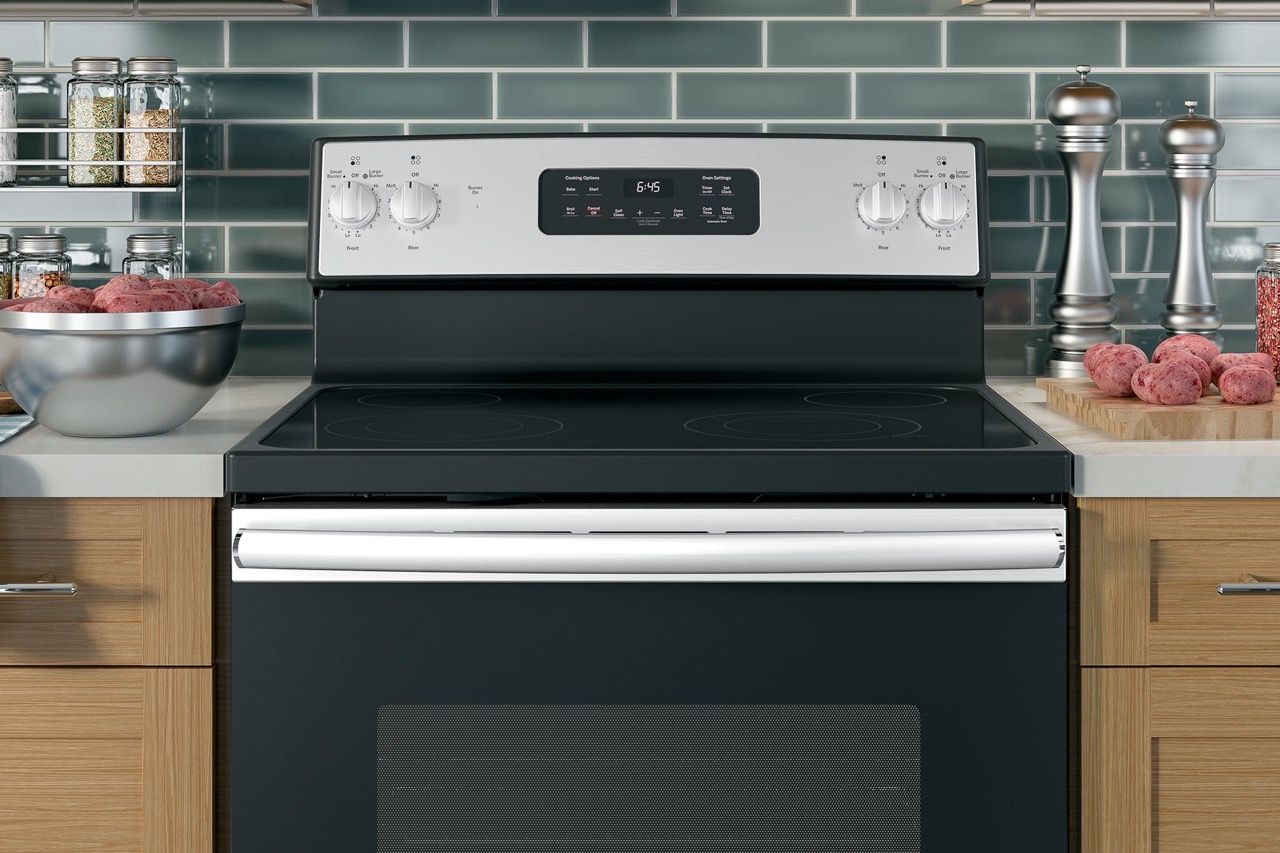
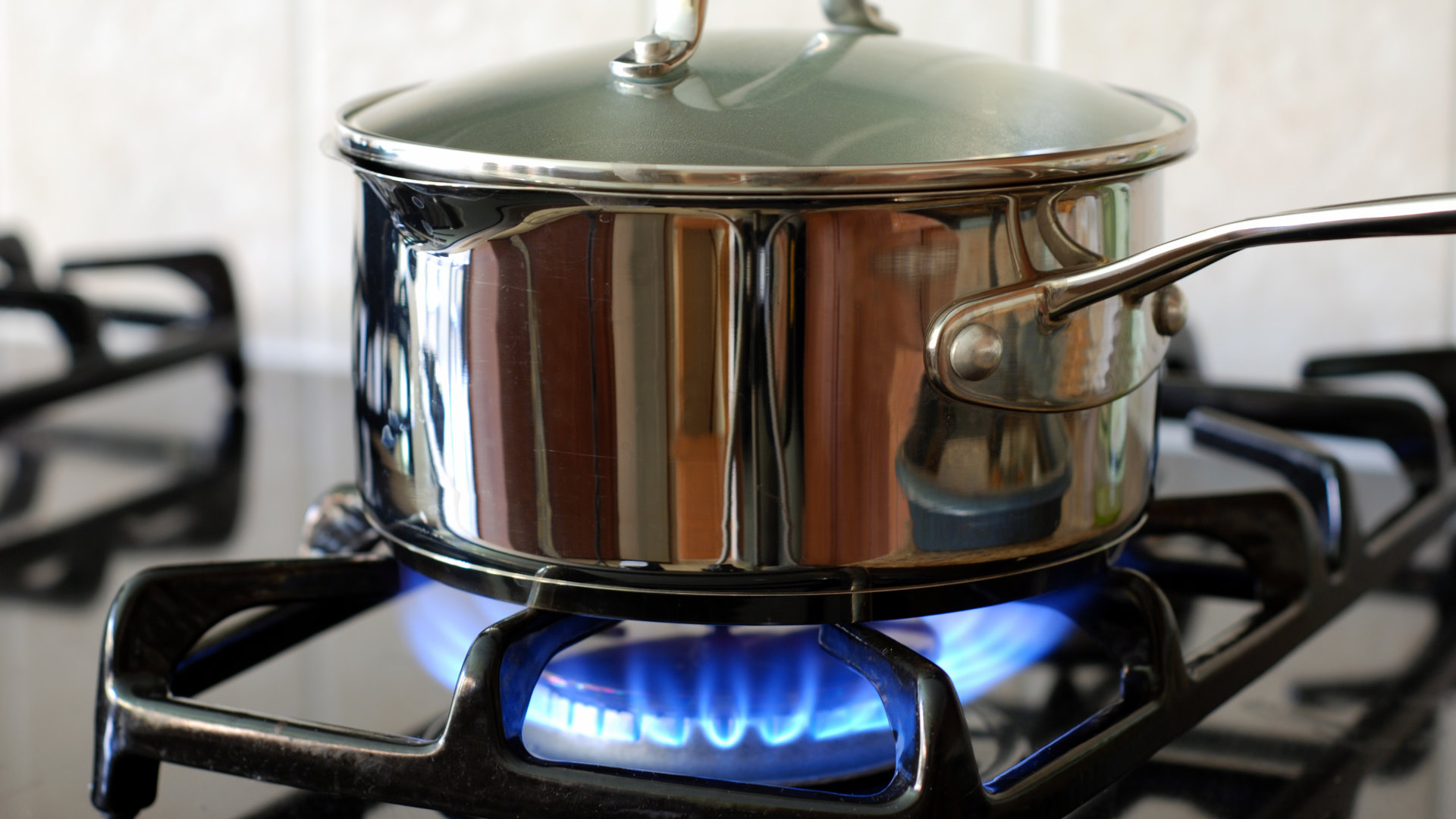
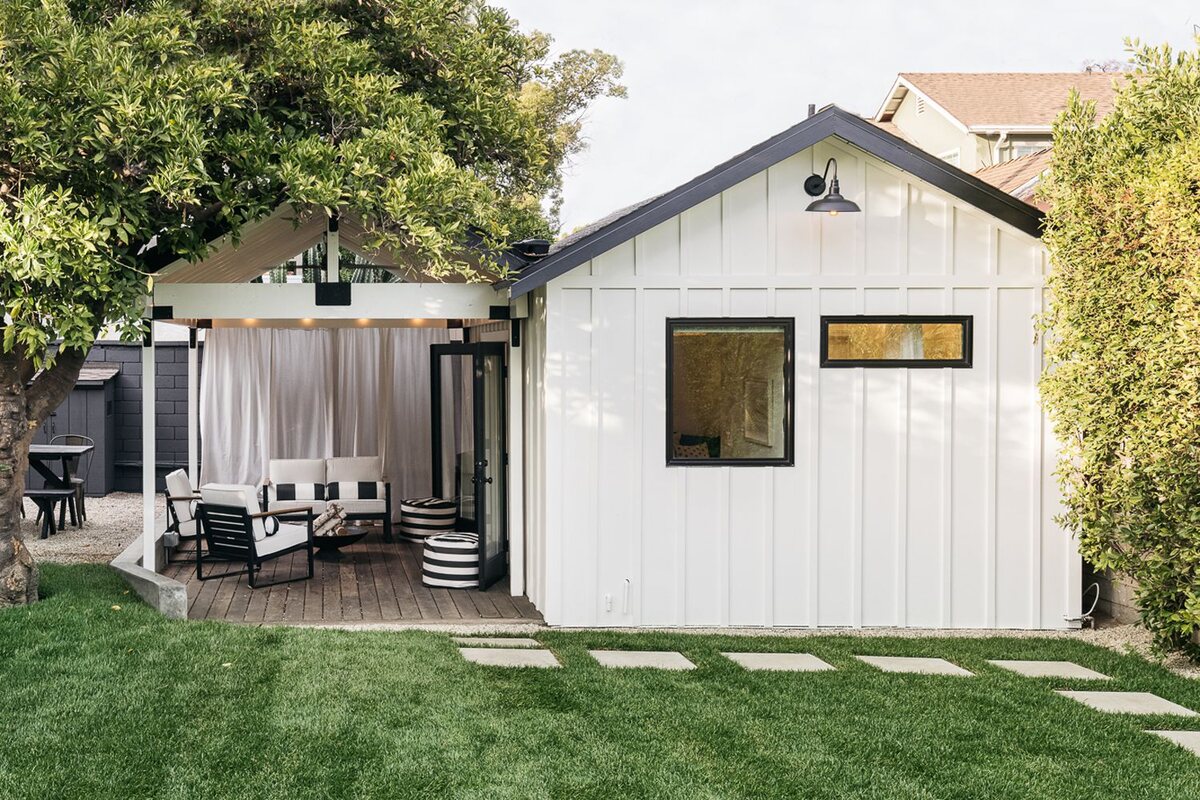
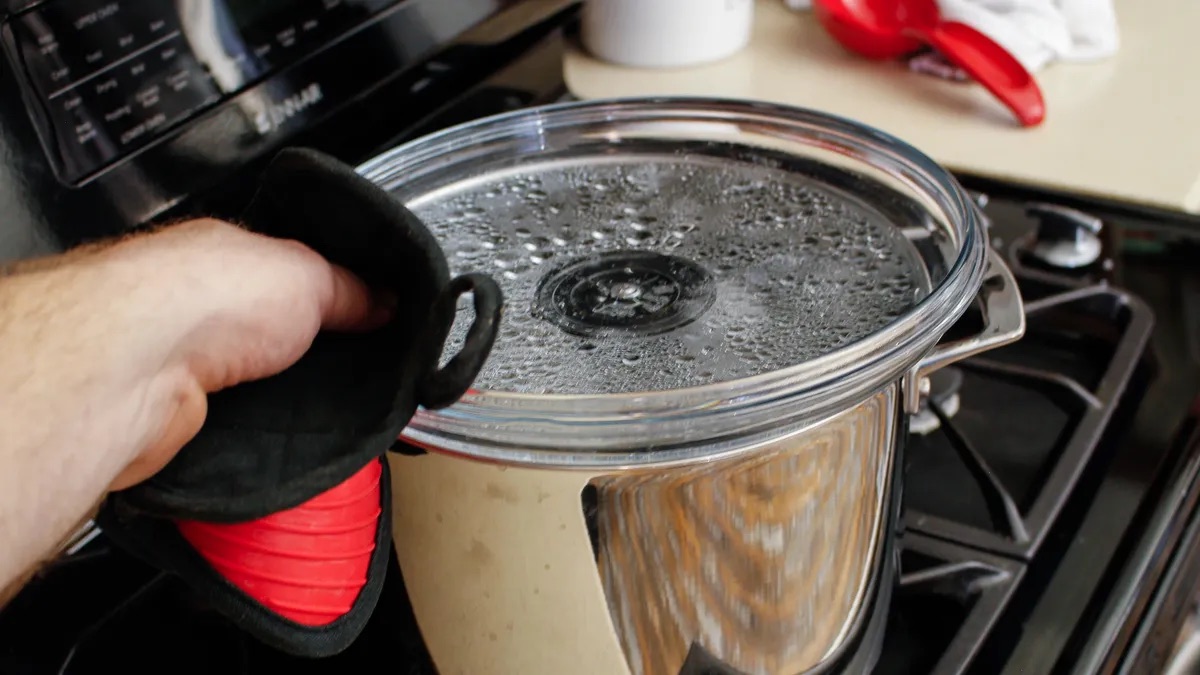
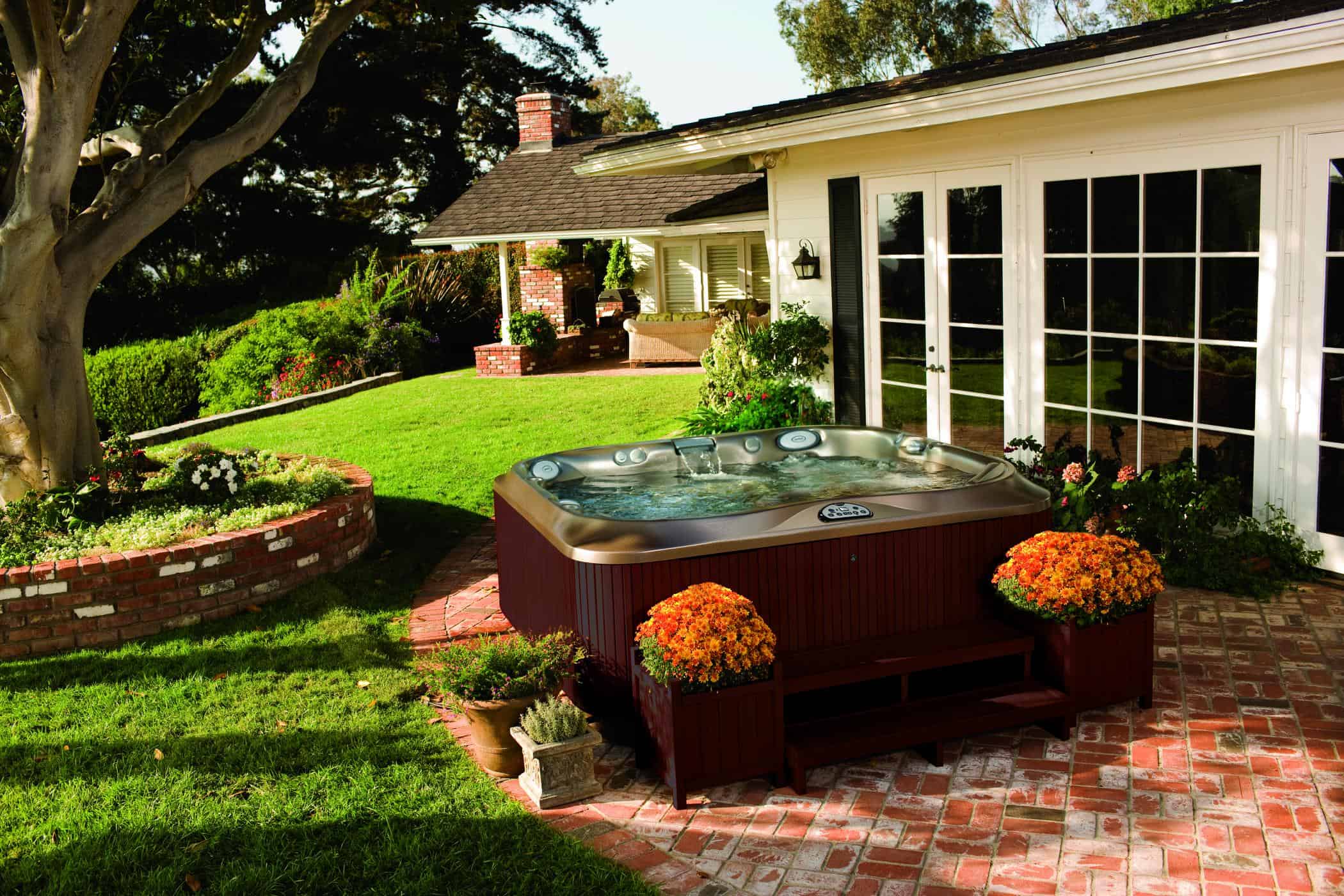

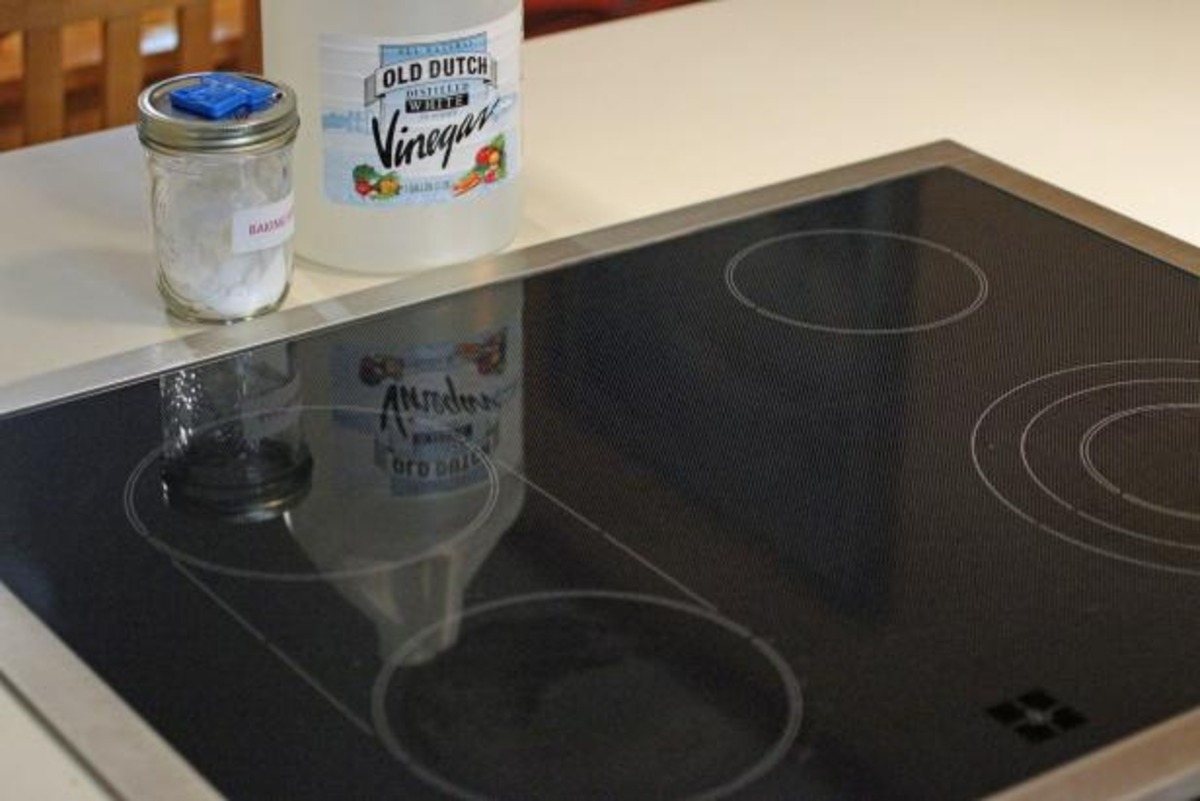
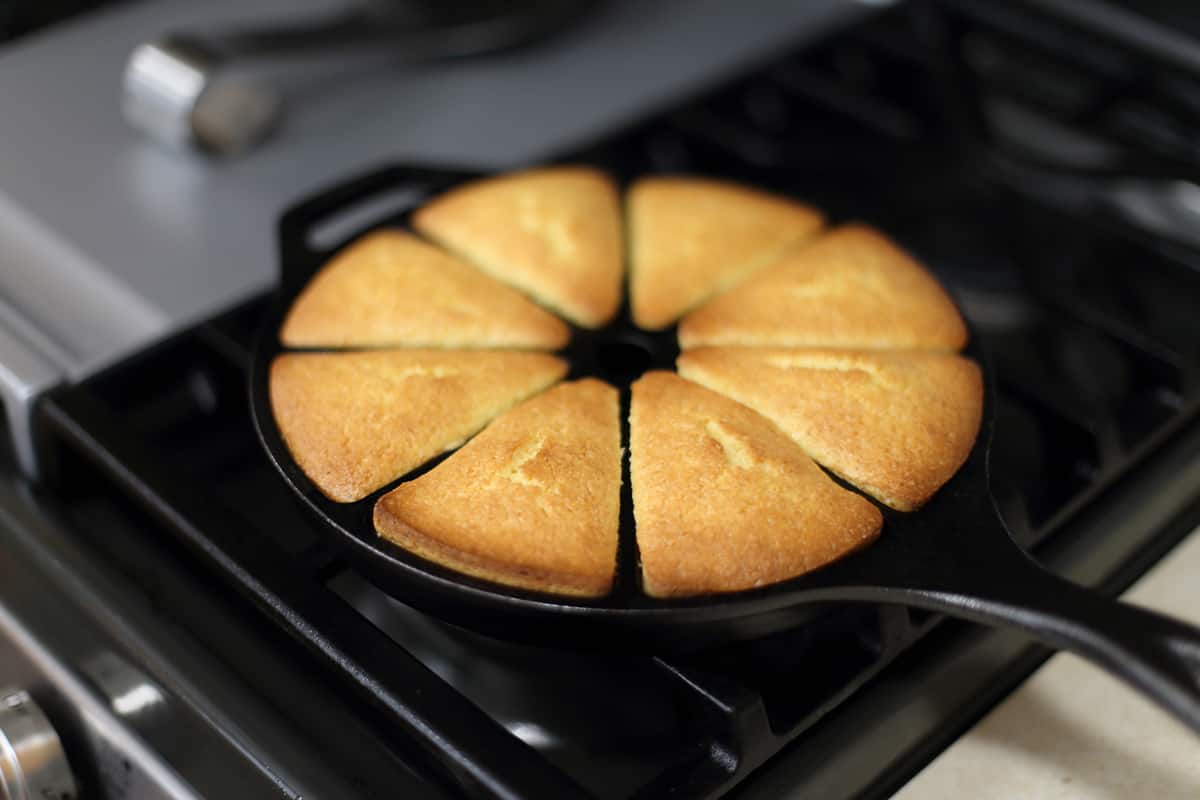
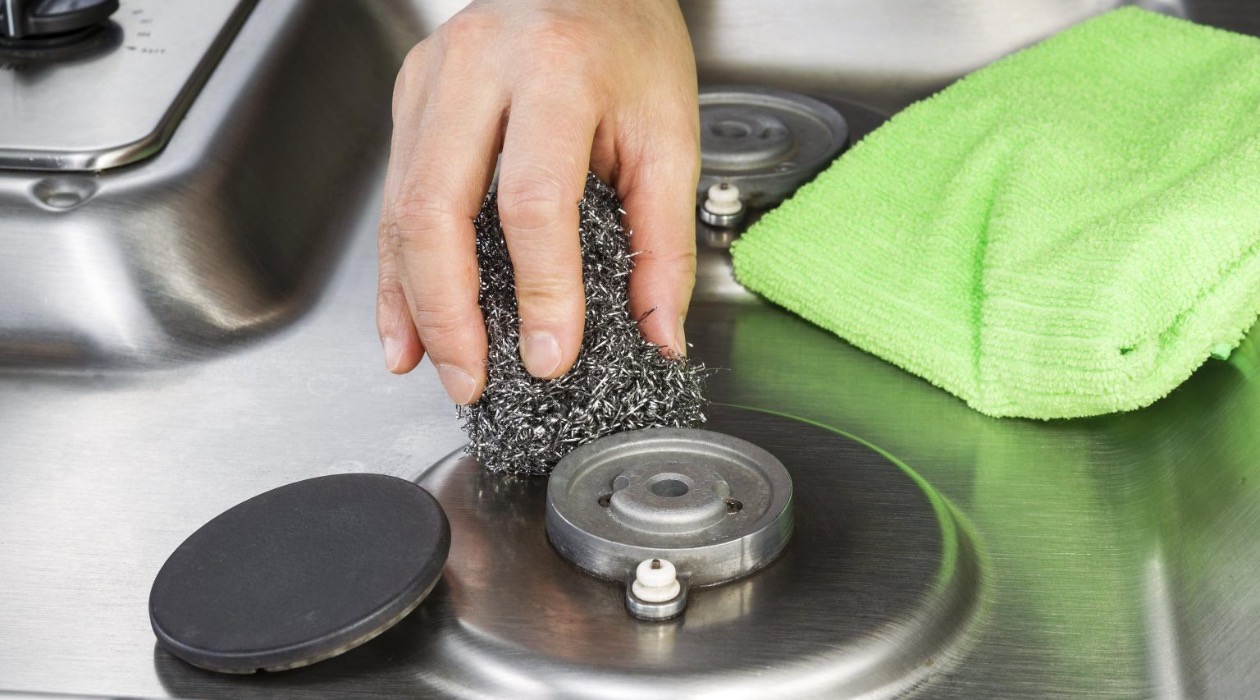
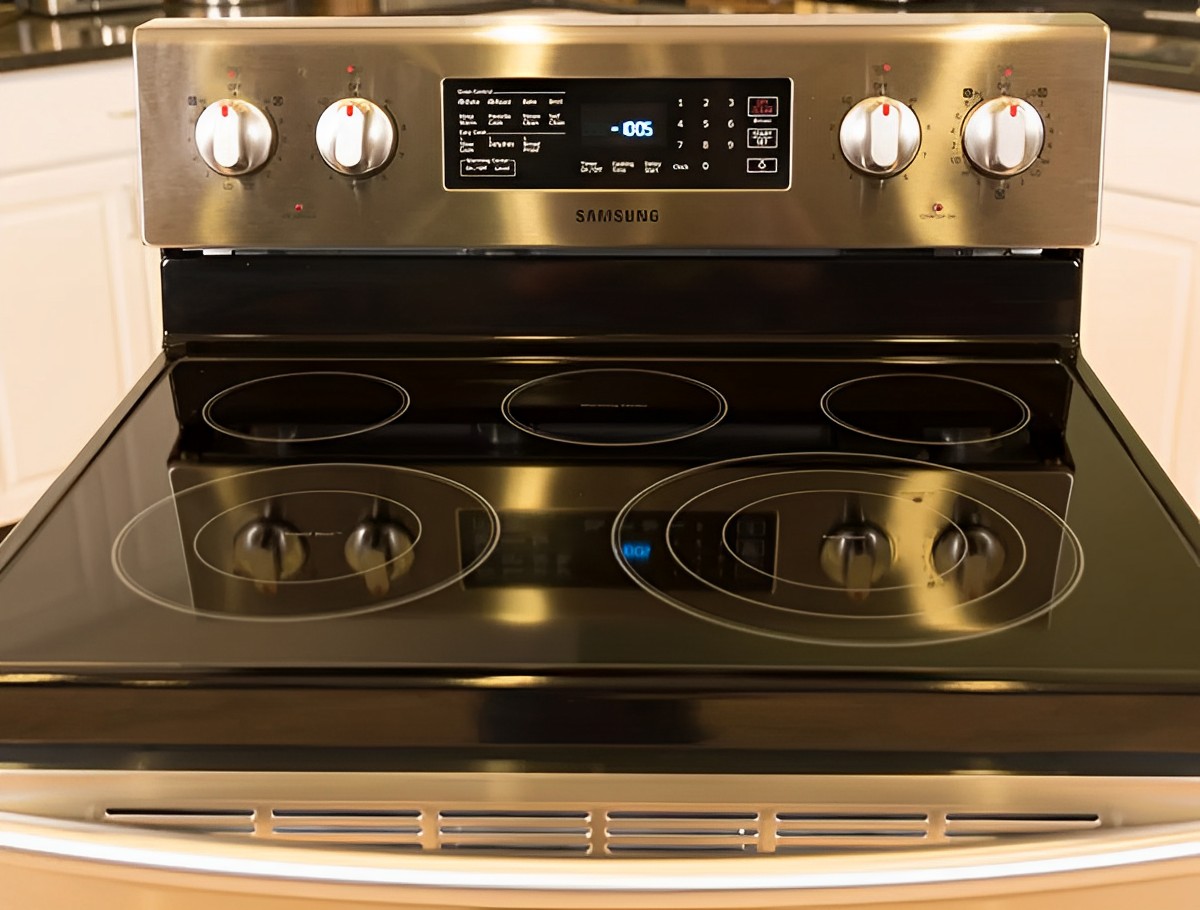

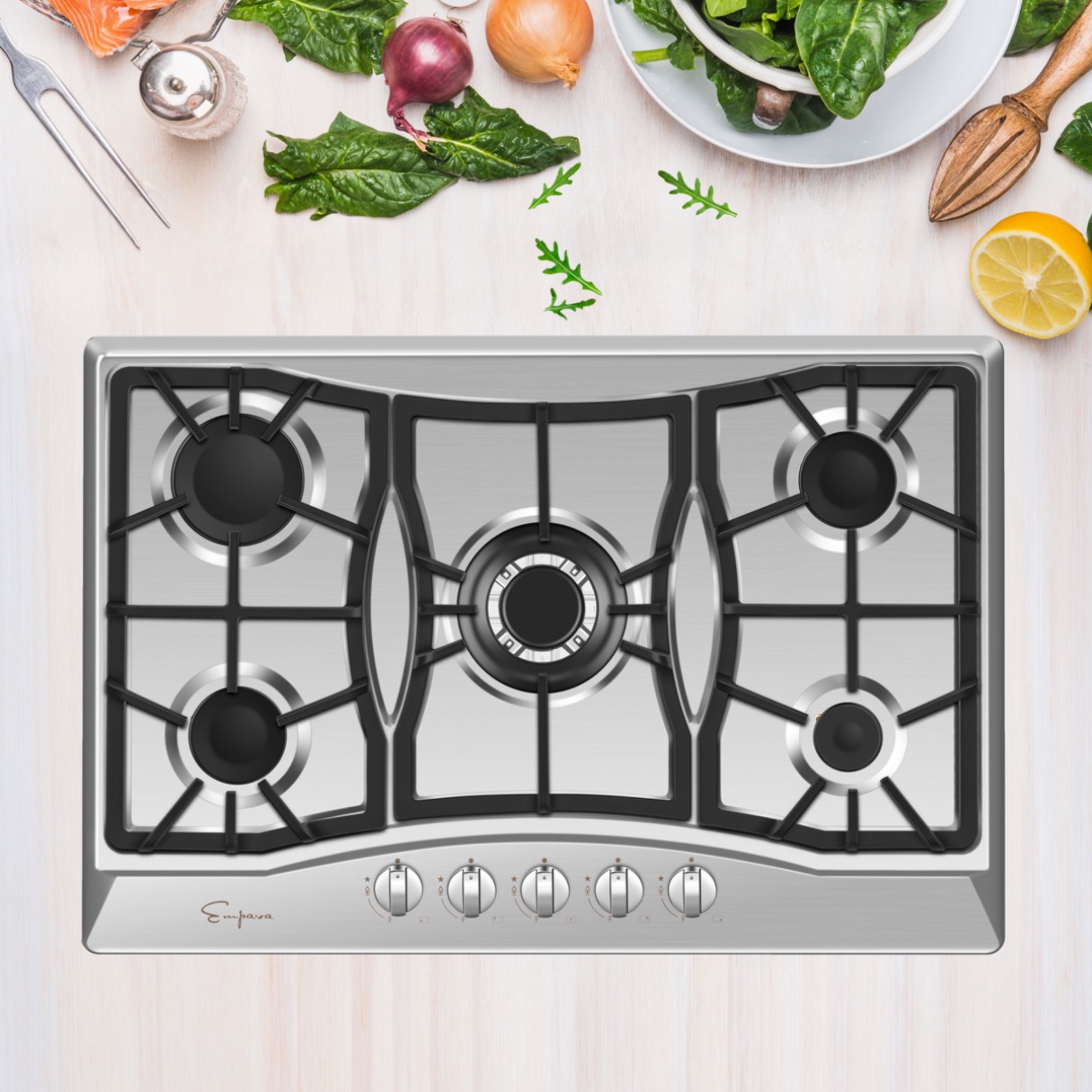



0 thoughts on “How Close Can A Microwave Be To The Stove Top”